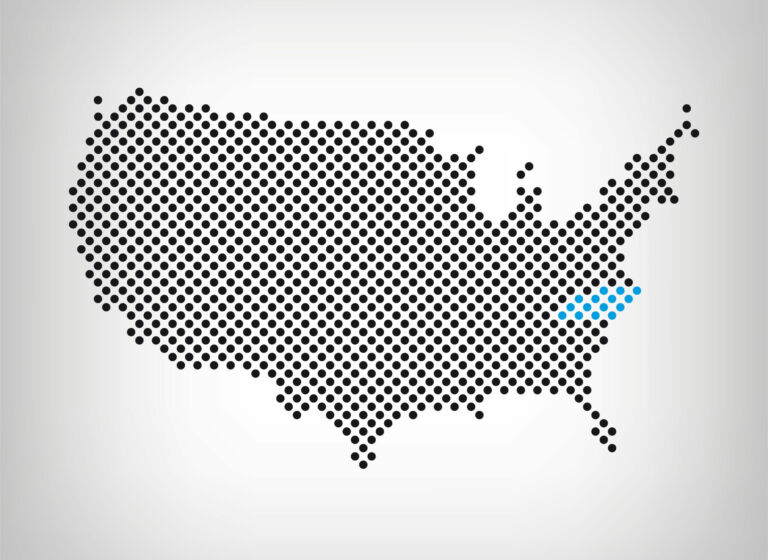James Antle of the Washington Examiner ponders November’s electoral prospects.
At the beginning of the year, things looked pretty grim for Republicans. Down by double digits in the generic ballot — polls that measure which party respondents would like to see control Congress — the Republicans’ House majority looked all but gone. The Senate wasn’t much more secure, as the GOP was reduced to a 51-49 margin after a special election loss in deep-red Alabama. President Trump’s job approval ratings were dismal. An election was coming in November.
Then the Republicans’ fortunes began to improve. CNN’s polling, for example, found the Democrats’ generic ballot advantage dwindling from an eye-popping 16 percentage points in February to 6 points in March down to just 3 last month. By the end of May, a Reuters poll actually had Republicans leading the Democrats for the first time this election cycle. Trump’s job approval, while still anemic, hit an 11-month high.
Democrats have rebounded since then. Their lead in the RealClearPolitics average of polls has climbed back up to 7.3 points. It sits at 7.7 points in the FiveThirtyEight polling average. But because Democratic voters tend to be concentrated in populous metropolitan areas — and yes, also gerrymandering — that margin might just barely be enough to win the House. It likely wouldn’t constitute some massive blue wave.


